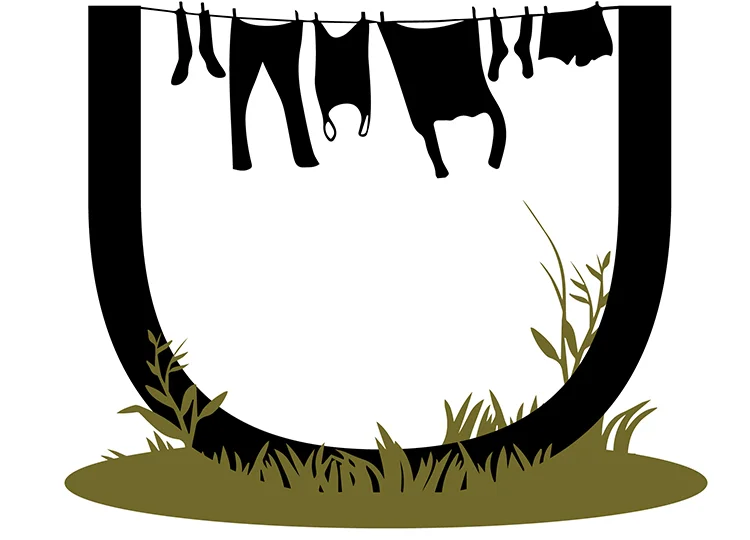As I write I’m sitting in my butterfly chair at the front of Craigston watching people come and go for Open House. (Over 140 through the studio this year – double last year’s numbers!)
Over the road people are streaming around the old Windmill and the Spring Hill Service Reservoirs. Both of these structures were built as pieces of public infrastructure. They had a clear purpose: providing a municipal utility for the emerging city.
Too often public utilities seem to be constructed with the focus firmly on the utility, and not the public. It wasn’t always thus.
Both the Windmill and the Reservoirs are simple and unfussy, but they also have been built with care. These buildings add to, rather than detract from, their public setting.
The brick substations that accompanied the growth of Brisbane’s tram network were also carefully designed as pieces of civic architecture that contributed to the streets and suburbs where they were located.
Each of these structures exemplify the three elements that Roman architect Vitruvius declared were necessary in well-designed buildings: firmitas, utilitas and venustas, or, firmness, commodity and delight.
Firmitas relates to the structural integrity and physical soundness of a building.
Utilitas provides for functionality, whilst Venustas pertains to the building’s beauty, scale and proportion.
A piece of municipal infrastructure that took its firmness, commodity and delight obligations seriously was the McMillan Sand Filtration Plant in Washington DC.
This vast facility was built in the early 20th century to provide a reliable source of clean drinking water for the city. Like the Spring Hill reservoirs, nearly all the Sand Filtration Plant is underground.
The top, designed by Frederick Law Olmsted Jr, was all publicly accessible for use as parkland.
Sadly, the entire plant was fenced during the Second World War, a decision that’s never been reversed. It was then decommissioned in 1986 and a heated debate about its future is still being played out.
It strikes me that the concept of firmitas, utilitas and venustas could also apply to our gardens.
How many hours do we spend hanging out the washing? Is it too much to ask that a clothesline can stand up, and hold a few loads of washing, and also be an OK thing to look at?
I'd be washing my clothes every five minutes if I had this setup to look forward to...
...and how wonderful is this seaside line!
What about a shed that’s strong enough for you to climb on the roof to pick the mangoes, not so hideous-looking that it makes your eyes bleed, and is insulated or ventilated enough that you can spend more than five minutes inside without your bleeding eyes drying out through sheer heat onslaught.
This is not about being tidy - I’m all for having the garden equivalent of the ‘kitchen drawer’ – the place where you keep the rubber bands, bits of string, and menus from the local takeaway joints that closed down ten years ago.
Instead it’s about deciding that our cities and streets and parks and gardens must not just be strong and functional, but that they must engage our senses and help us look up at the world with wonder and appreciation.
Worth considering I reckon.








